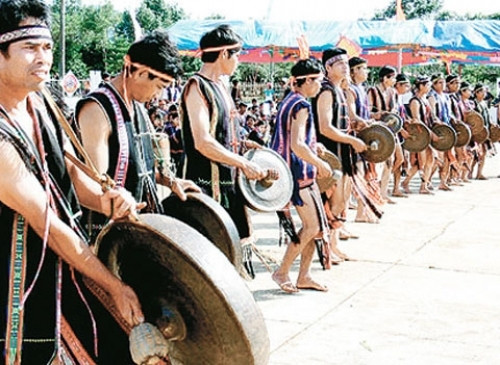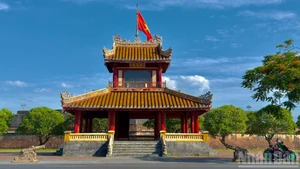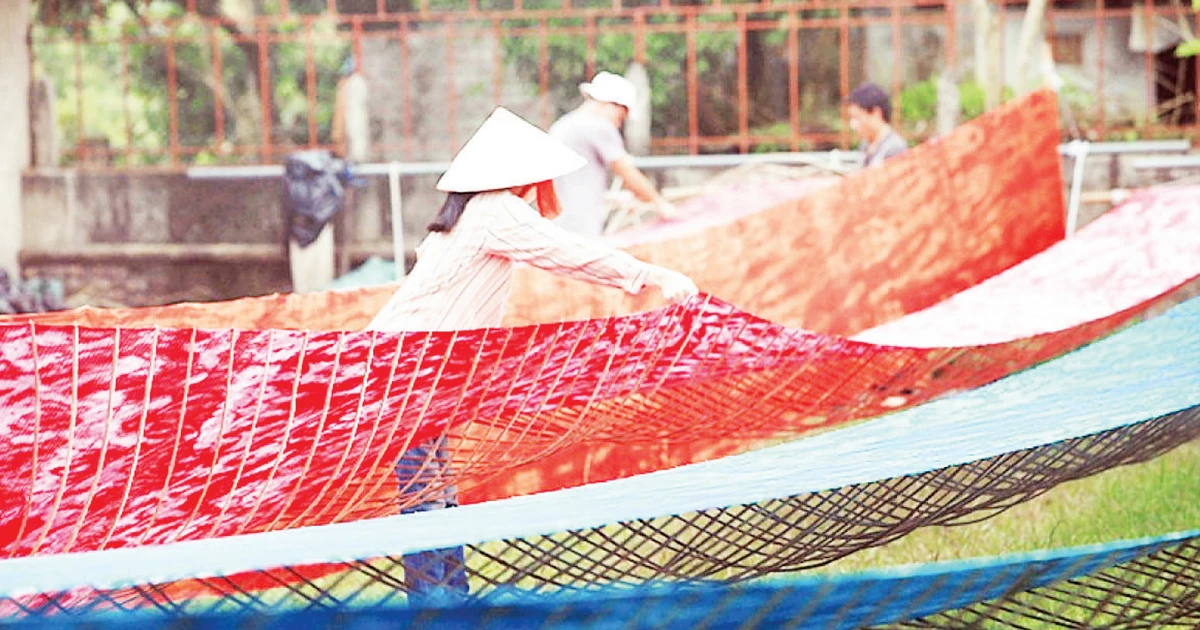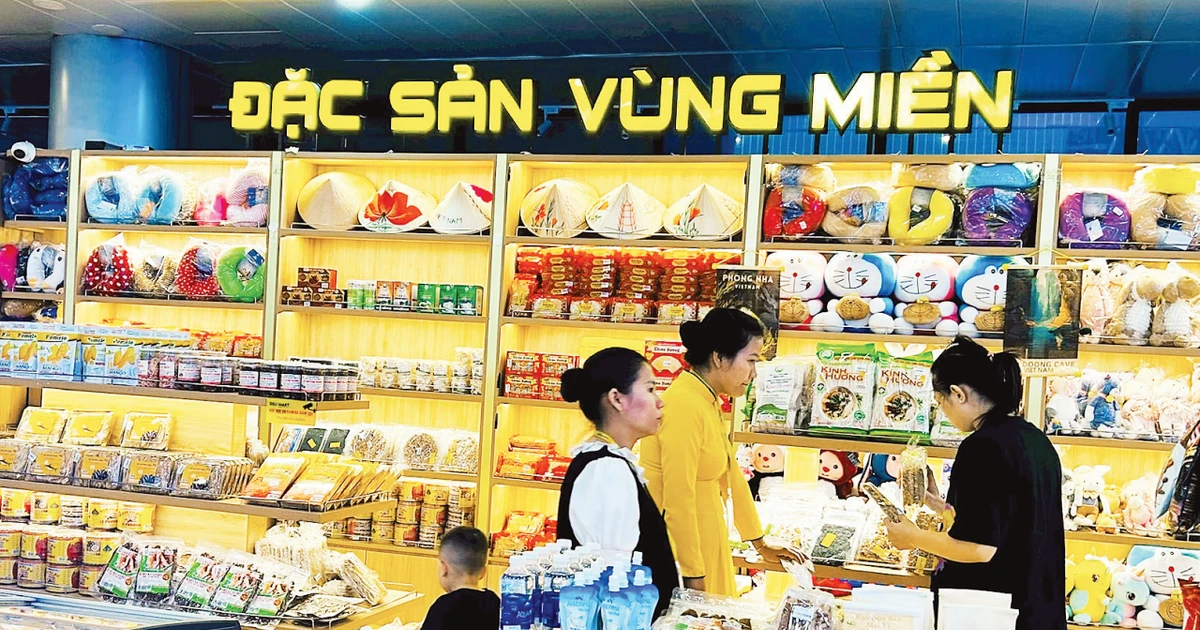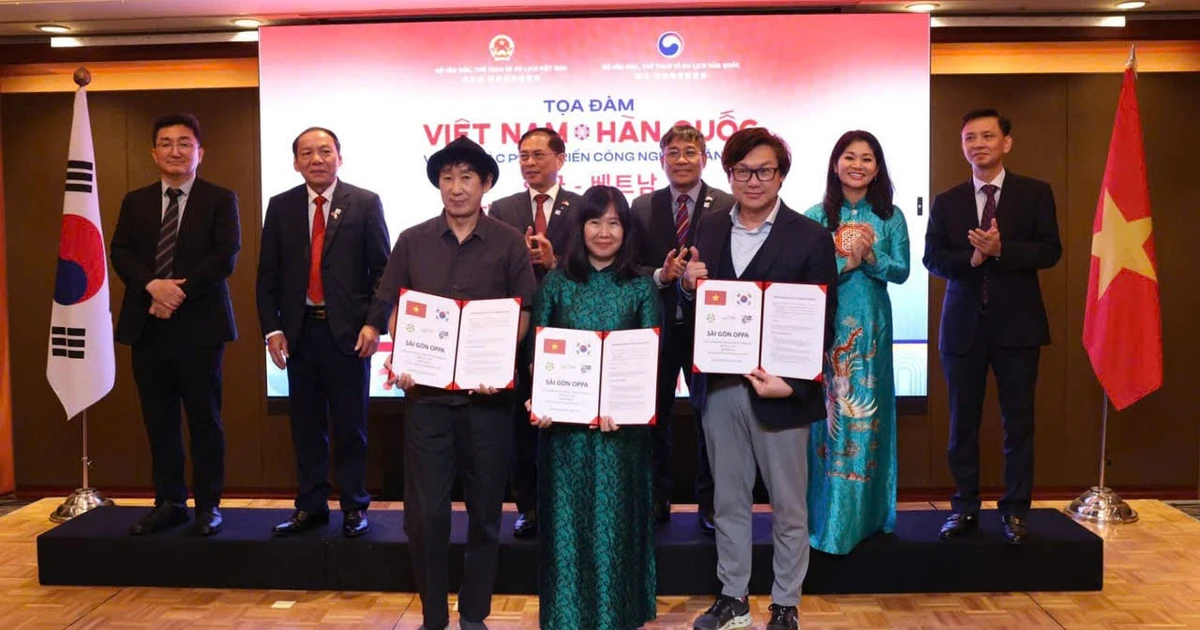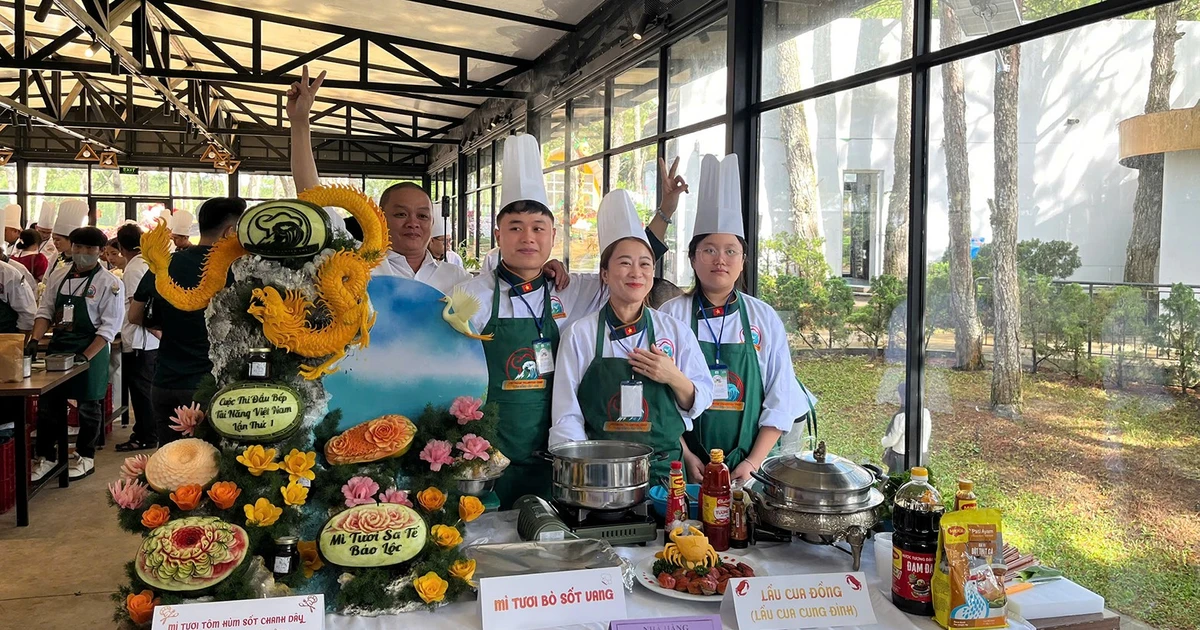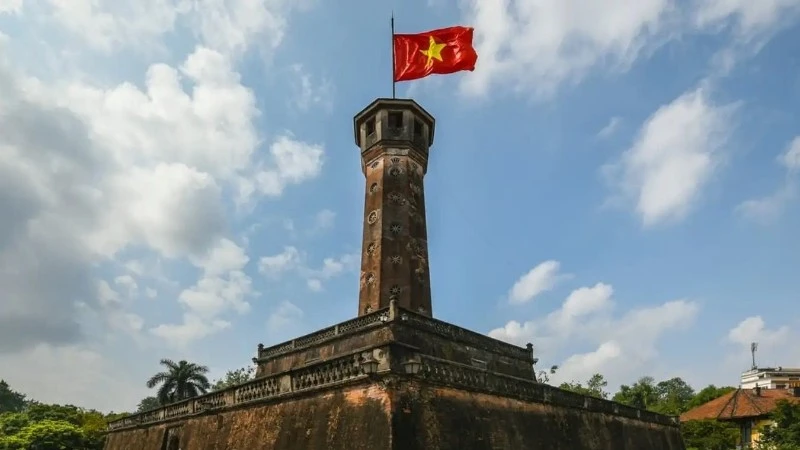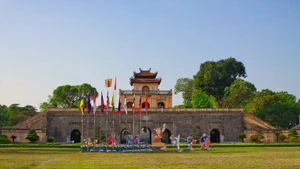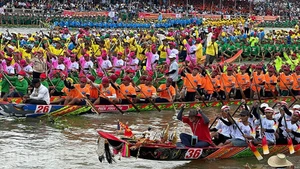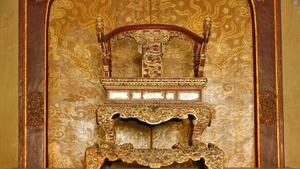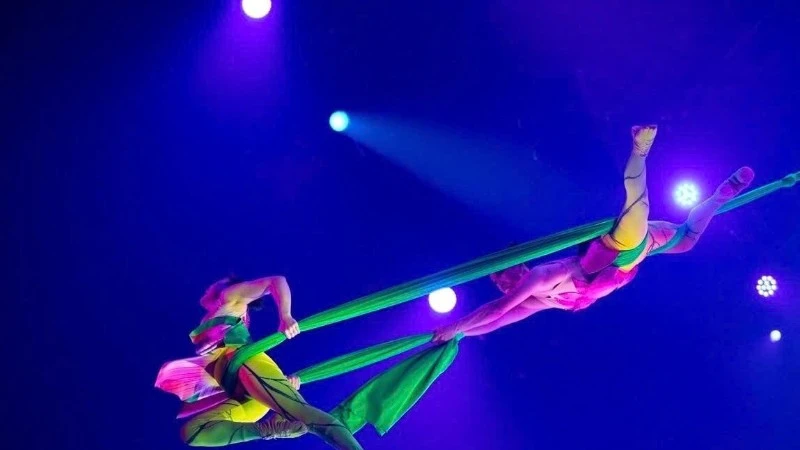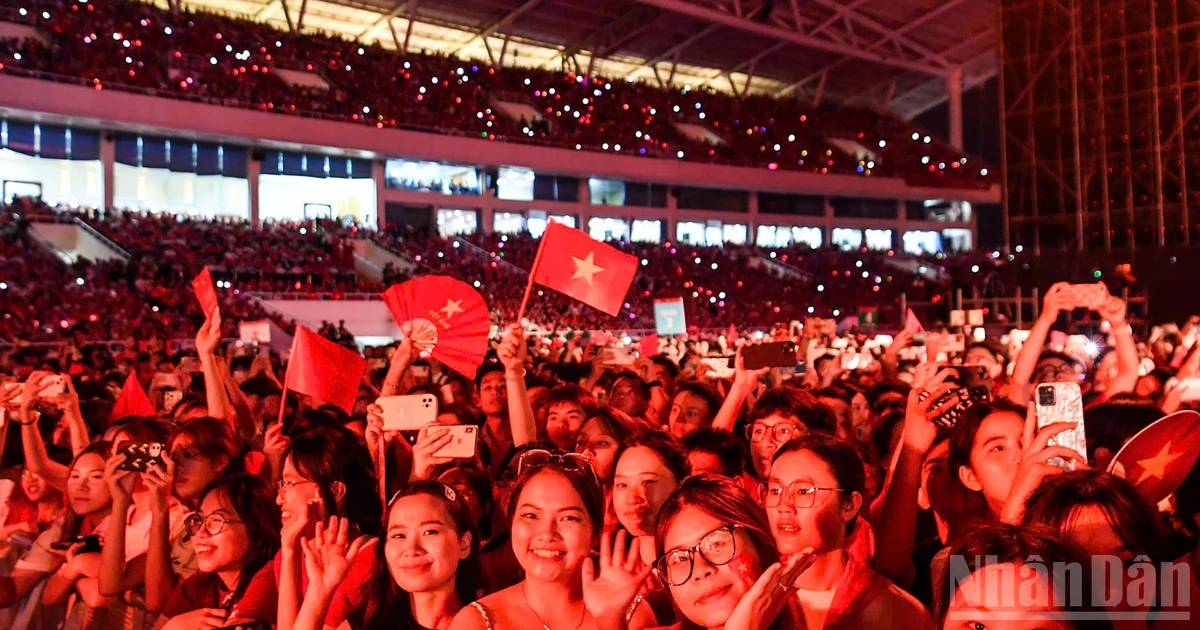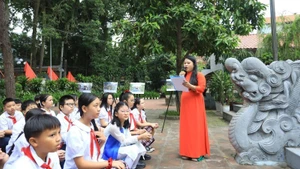While preservation efforts have had largely positive results, there remain some problems in the conservation and promotion of the gong’s cultural value.
Heartening achievements
Since 2006, the Central Highlands provinces have devised projects and programmes to preserve and promote the cultural value of their gongs. Dak Lak, Dac Nong, Lam Dong, Gia Lai and Kon Tum provinces have brought the programmes to life, mobilising considerable resources to implement detailed and practical measures along strict timelines. The localities have also kept statistics on the total number of gongs possessed by their indigenous ethnic groups, and have classified them into specific types in order to facilitate their plans for promoting the typical instruments of their cultural life.
A series of cultural and folk arts activities have also been set up throughout the provinces, attracting national, regional and local participation.
The encouraging news is that two-thirds of gong performers are young people, many of whom begin at the age of 13 or 14. There have been gong ensembles led by young ‘conductors’ who are proficient not only in melodies and rhythms, but also in arranging and harmonising an ensemble of 15 or 20 gongs. Young people have also excelled at establishing discipline among groups and giving verbal direction during practice and performances, thanks to the support from the elder generations. They have proven that once the culture of the gong is nurtured in a favourable environment with all necessary conditions for promoting its value, and once local residents appreciate its true value to their spiritual life, the traditional practice will always be renewed by youthful vitality and will persist far into the future.
The energetic activities in gong practice during from 2006–2012 have shown the variety of gong types, the uniqueness in the ways they are performed, and the vigour of this treasured cultural practice of ethnic minority groups in the Central Highlands. Once one is absorbed into the traditional space of gong culture, one can easily perceive its significant and indispensable role in the community, as it attracts both wizened veterans and young novice performers. There are different ways to play gong sets. While one set is tuned for a resounding sound – like an epic about the imposing mountain range and forest in the Central Highlands – another is imbued with melodious and lilting rhythms – like whispers about rivers, springs, crops, the land and the people there. However, all of them are distinguished with their own unique sonic language.
The above realities have affirmed that, since the UNESCO recognition, there has been a positive shift in the awareness of ethnic minority groups, the owners of the space of gong culture, which can be seen in their communal life. The practising of gongs has been revived in Rong (communal) houses and in the community. Many young villagers, who once ran after electronic instruments, now find their interests lie in traditional musical instruments, particularly the gong. Many troupes with young members have performed gongs in a methodical manner. Scores of gong performance training classes have been set up – nurturing, preserving and upholding the tangible and intangible value of gong culture while reducing the ‘loss’ of gongs. Many localities and communities have searched to redeem gong sets, which were once theirs, or have fixed broken sets to play for their cultural gatherings.
Issues of concern
The space of gong culture comprises, three elementary criteria: the community, traditional ceremonials and rituals, and the attachment to nature and the village makeup typified by the Rong (communal) house. If any of the three elements is lacking, the essence of gong culture cannot be fully experienced.
However, over the past years gong culture has not exactly reflected its basic, elemental nature, as it is somehow ‘over-staged’ and largely commercial. This unexpected tendency has pushed gong performance from its primitive mission, turning it into an art form imposed upon by direction and choreography. As a result, most of the performances are simple shows, which are often called ‘festive’ performances because they are ordinarily played merely for entertainment. Meanwhile, ritualistic gong playing, which takes on a more significant role as it is associated with the holiness of the local spiritual life, has been all but absent from the stage in recent years. The latter type, known as ‘ceremonial’ performance, is often a feature of traditional rituals and festivals. Consequently, putting on ‘festive’ gong performances without the ‘ceremonial’ aspect removes the ‘spirit’ from the culture of the gong, like a man who has retained his body but lost his soul.
Ultimately, the preservation and promotion of the cultural values of the Central Highlands’ gong culture requires a deeper understanding among cultural managers at all levels. They should listen to what local residents think about the issue. As the owners of the cultural practice, the local ethnic peoples know exactly how to conserve the cultural practice for what it truly is, instead of maintaining it to be displayed in museums. Their ideas will contribute to designing sound policies; appropriate and practical measures to preserve and uphold the value of the space of gong culture, a UNESCO-recognised intangible heritage of humanity.
